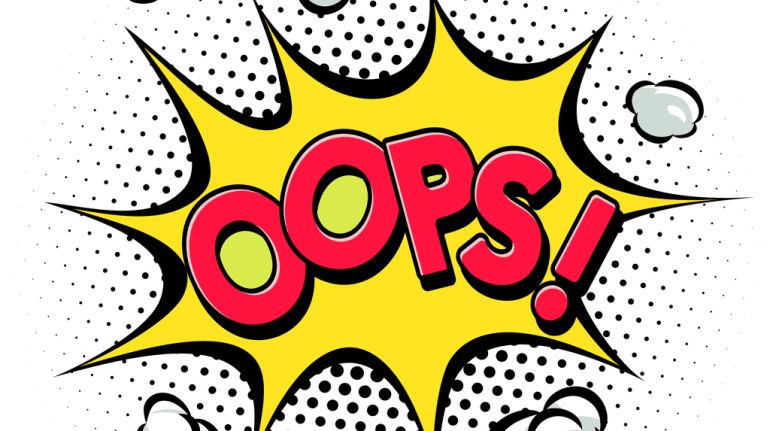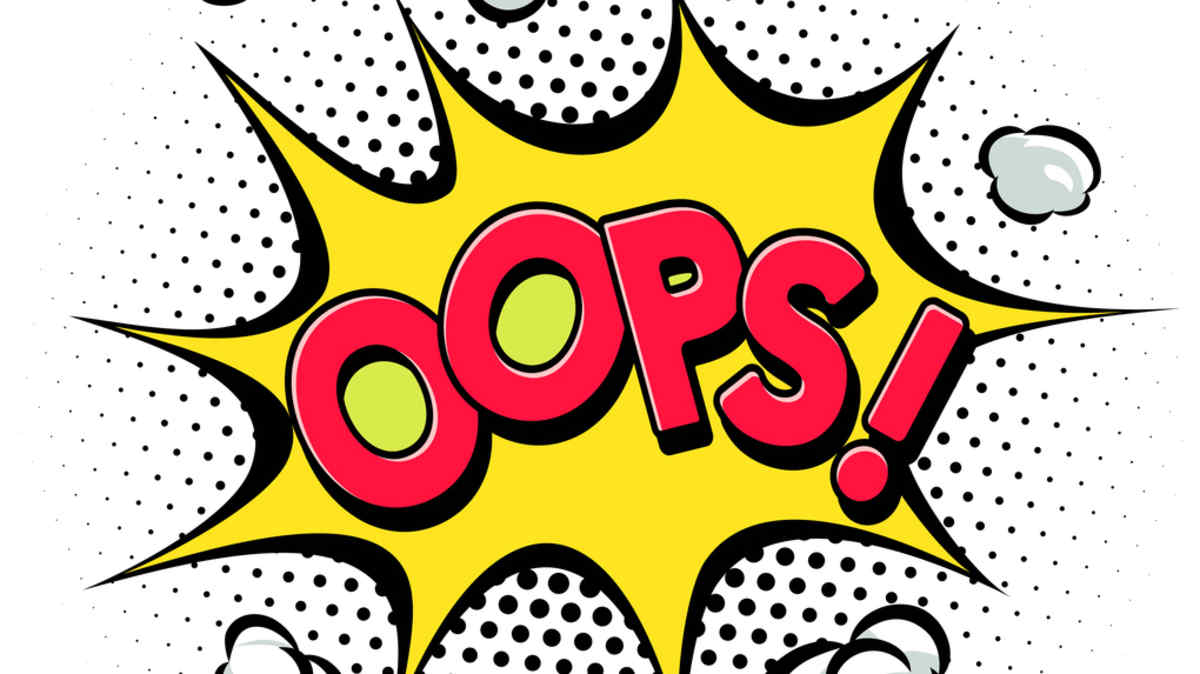

?Sometimes the most important lessons we learn at work are from the mistakes we make.
Roberta Matson was 24 when she was promoted to director of HR for a commercial real estate firm. She devoted most of her time to tasks and neglected building relationships with peers. Huge mistake, she learned.
“Six years later, I got caught in the crosswinds of two executives jockeying for position,” she told SHRM Online. “I hadn’t built strong enough relationships with any of these people, and as a result, I became collateral damage.
“In retrospect, I would have spent less time working on HR tasks and more time getting to know the people that would eventually determine my future,” said the talent consultant and author of Suddenly in Charge: Managing Up, Managing Down, Succeeding All Around (Nicholas Brealey America, 2011).
“This is a common mistake many leaders make, especially HR professionals. They’re so focused on task-related activities that they don’t take the time to build important relationships with the people above them.”
Everyone experiences failure at some point, but like inventor Thomas Edison, the key is to learn from mistakes and failures. Edison tried 2,000 materials in his search for a filament for the light bulb. When his assistant lamented that all of their work was in vain, Edison replied, “Oh, we have come a long way and we have learned a lot. We know that there are two thousand elements which we cannot use to make a good light bulb.”
Sometimes the mistakes we make offer organizationwide learning opportunities.
Kevin Mercier, HR manager at Peugeot S.A., a Paris-based multinational automotive manufacturer, said his employer spent a lot of time and money on recruitment, but about 25 percent of new employees were leaving within their first six months on the job—mainly because of poor onboarding.
“It took us a while to realize this mistake, and [we] decided to take action,” Mercier said.
“We mapped onboarding to strategic activities that would better welcome employees into the company and enhance the company culture. These include peer monitoring, assessments of future training needs, access to training resources, and setting up meetings with other teams.”
The improved onboarding program increased new hire retention by 62 percent, Mercier said.
Learning from Mistakes
Don’t confuse errors and mistakes.
“I think mistakes are good; they create innovation. But I think errors are terrible,” said Chris Dyer, company culture consultant and author of The Power of Company Culture (Kogan Page, 2018).
Errors, he said, come from multitasking, carelessness, overwork or lack of aptitude for a task. Mistakes come from trying to innovate; having poor systems in place; or being confused due to bad information or lack of clarity around a task, project, or assignment.
“We should be talking to people about their behaviors,” Dyer said. However, when mistakes are confused with errors, workers become fearful of trying new things, he added.
Admitting mistakes starts at the top, Dyer said, with leaders saying, “This is what we did, and this is what we learned.”
He shared these recommendations during the concurrent session “Why Failure Doesn’t Suck: How to Rejoice in Your Face-Palm Moments” during the Society for Human Resource Management’s Annual Conference & Expo 2022 in New Orleans:
- Accentuate the positive. Start with acknowledging what works and what you do not need to change: ” ‘These 15 things went really, really well. It’s No. 16 we need to fix.’ We’ve got to start with the positive,” Dyer said.
- Appreciate the process. Talk about who needs to be on or off the team for a given project.
“So many companies don’t have a [process] in place to talk about what went wrong,” Dyer said.
“Was it really a mistake? What is really a failure? Just because Tom in accounting thinks this was the worst thing ever, was it really? Have a conversation.”
- Reward, don’t punish, people for admitting mistakes. Ask employees to share the biggest mistake they made this month and randomly give out a substantial gift card to those who speak up.
“We want to learn from mistakes. We want [employees] to show up and say, ‘I made a mistake, and this is what I learned.’ “
Sometimes mistakes happen when an organization is rolling out a large initiative.
“Are we trying to do something really big all at one time?” Dyer asked. “If we understand we’re in a high-stakes situation, we can empower our people to understand we’re not going to get it right. This goes hand-in-hand with innovation. … It’s really good for employees to understand that it’s OK if we don’t figure it all out. We don’t expect perfection.”
- Be transparent.
- Make sharing mistakes part of the culture.

